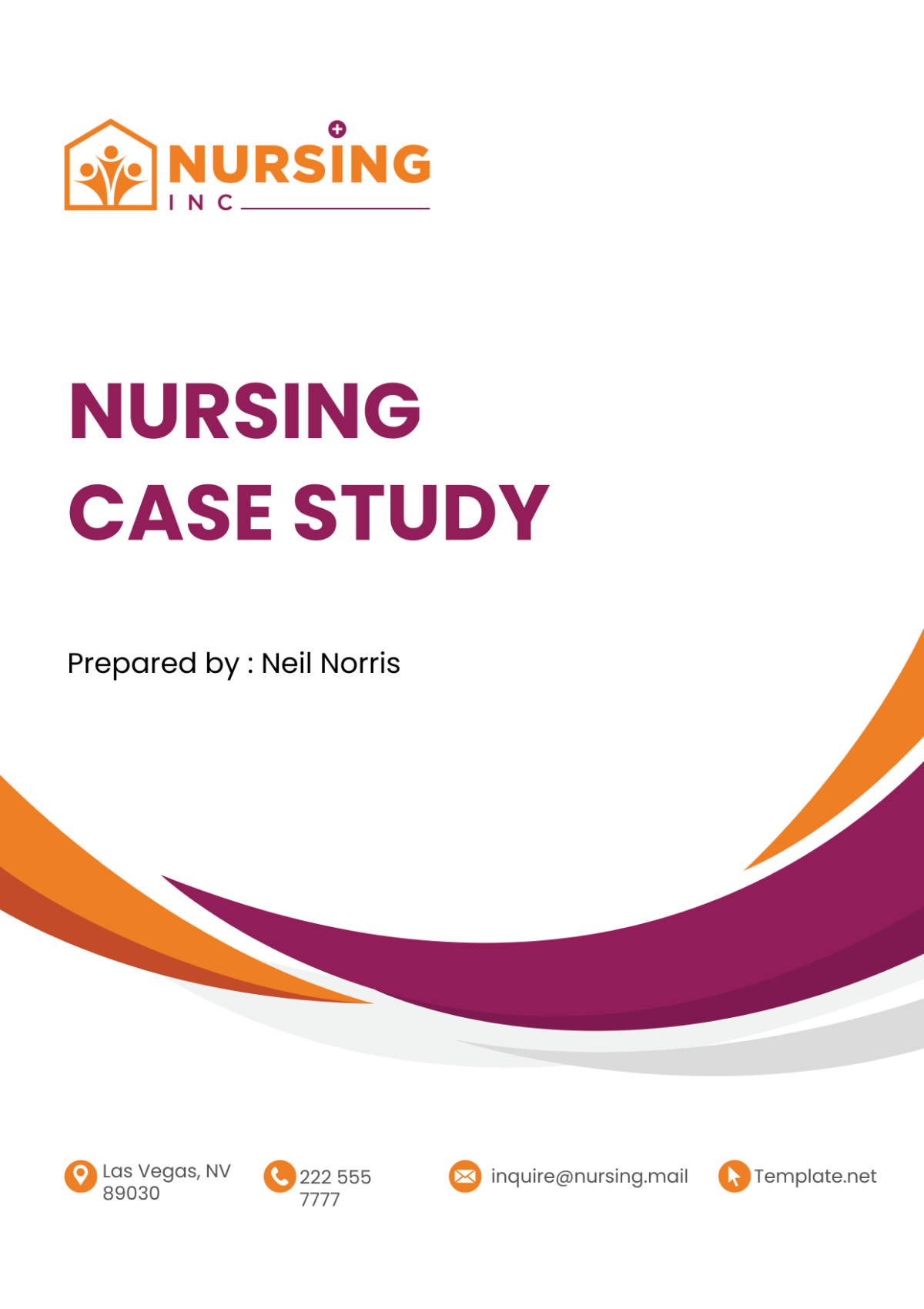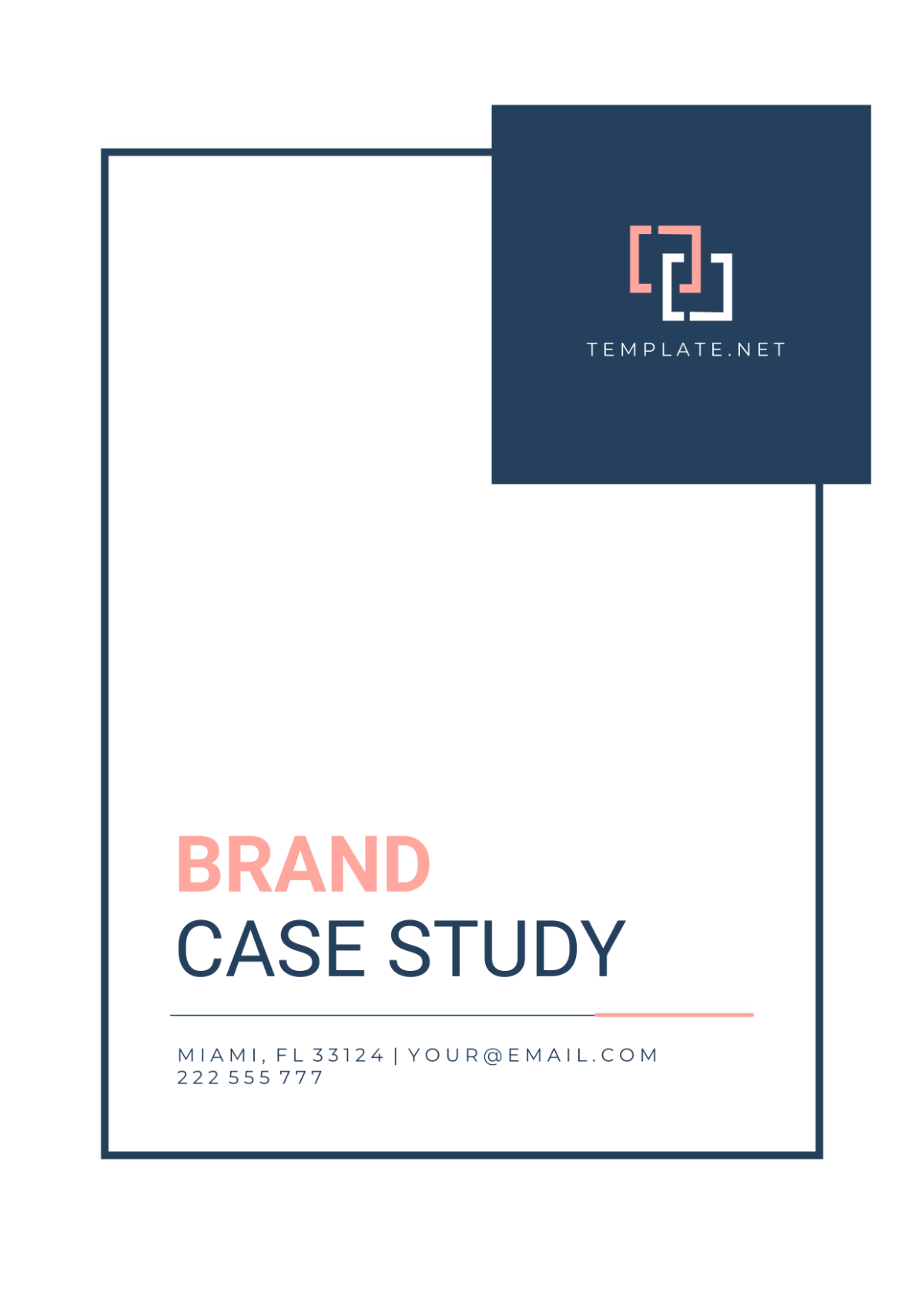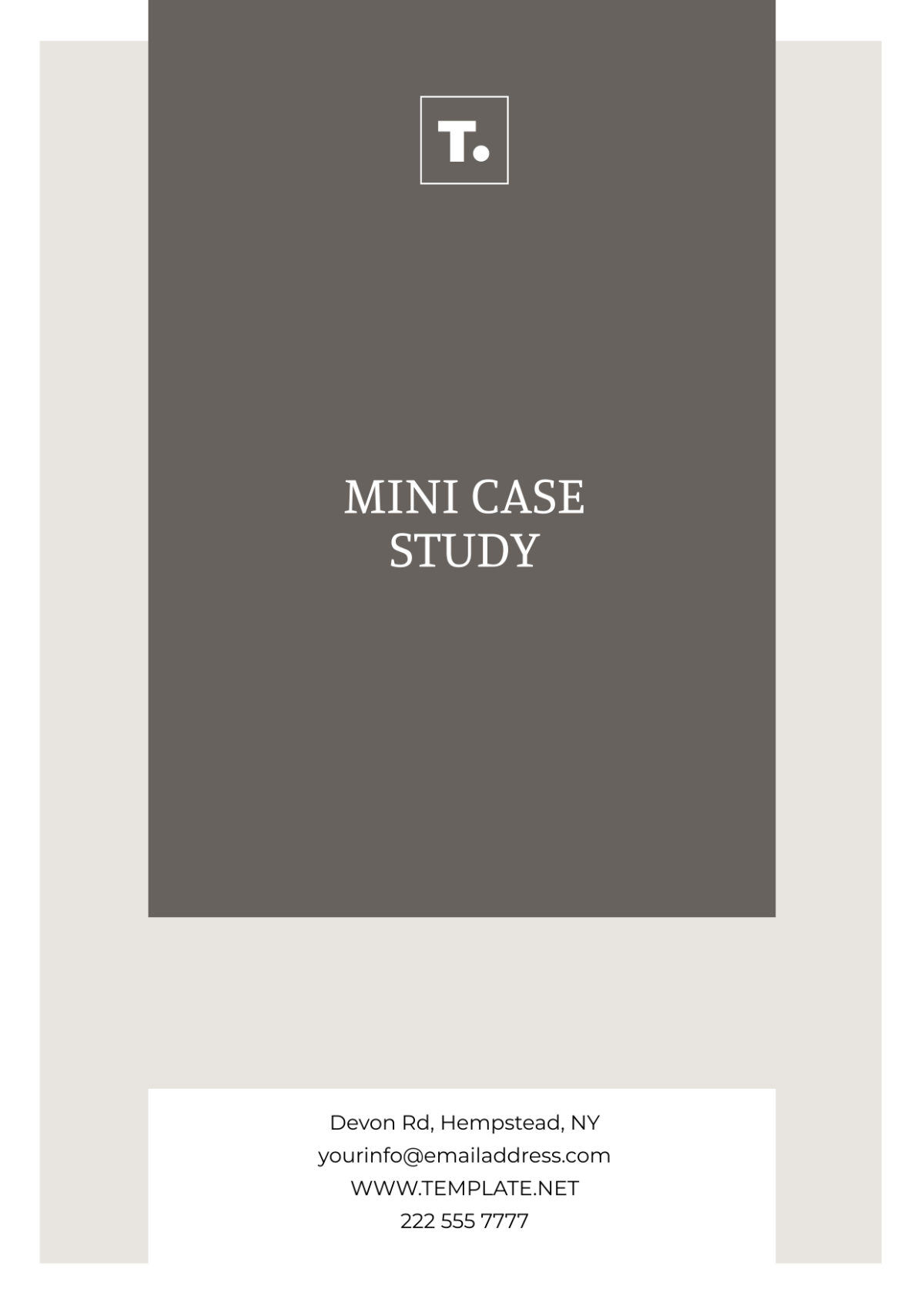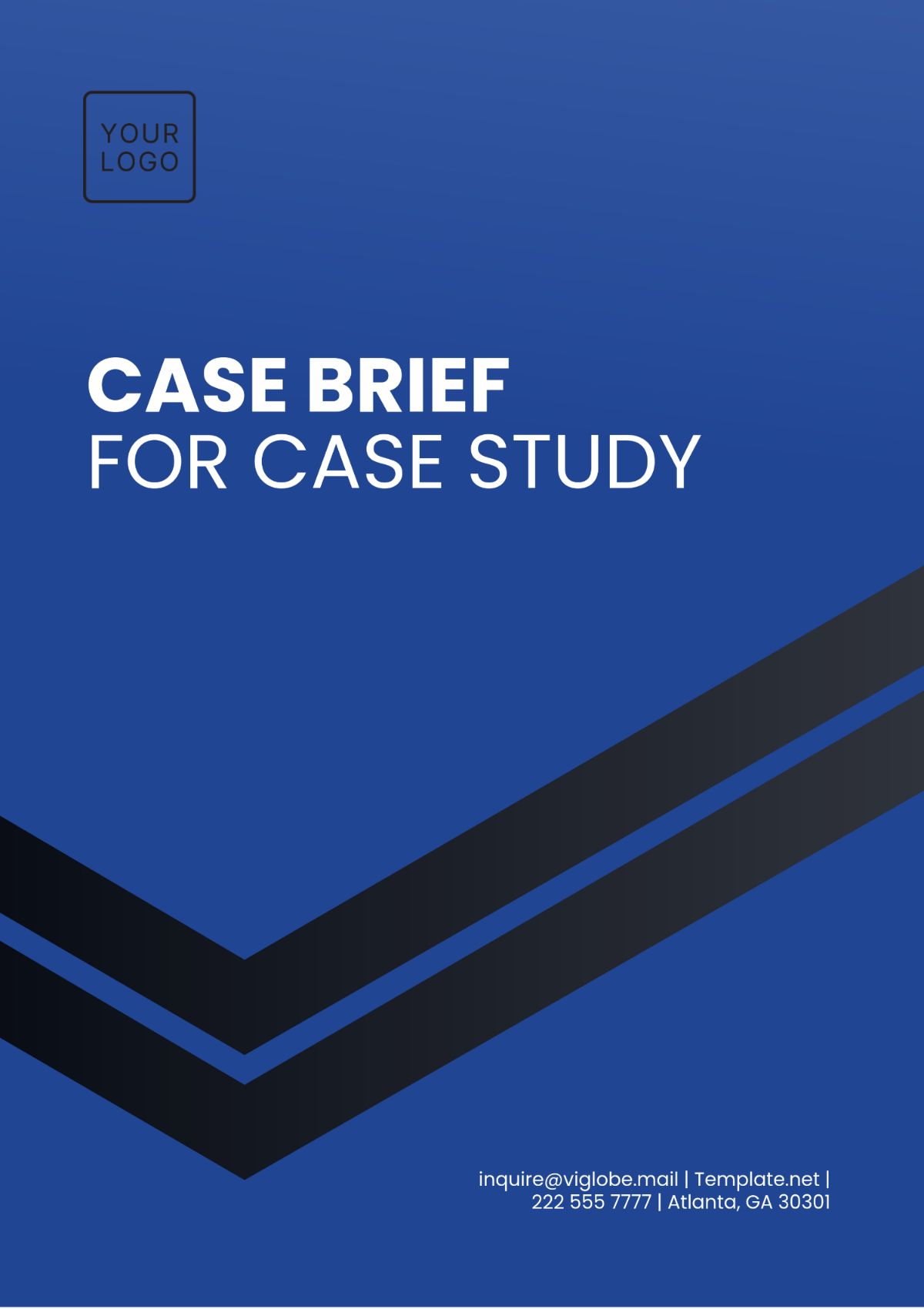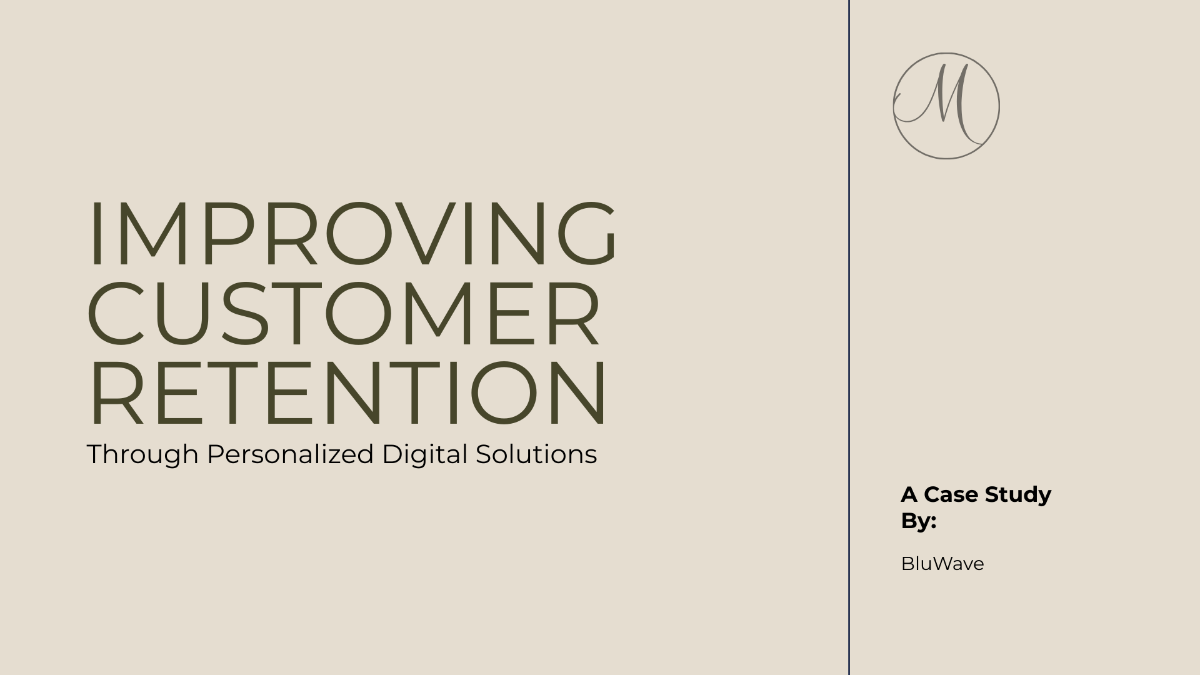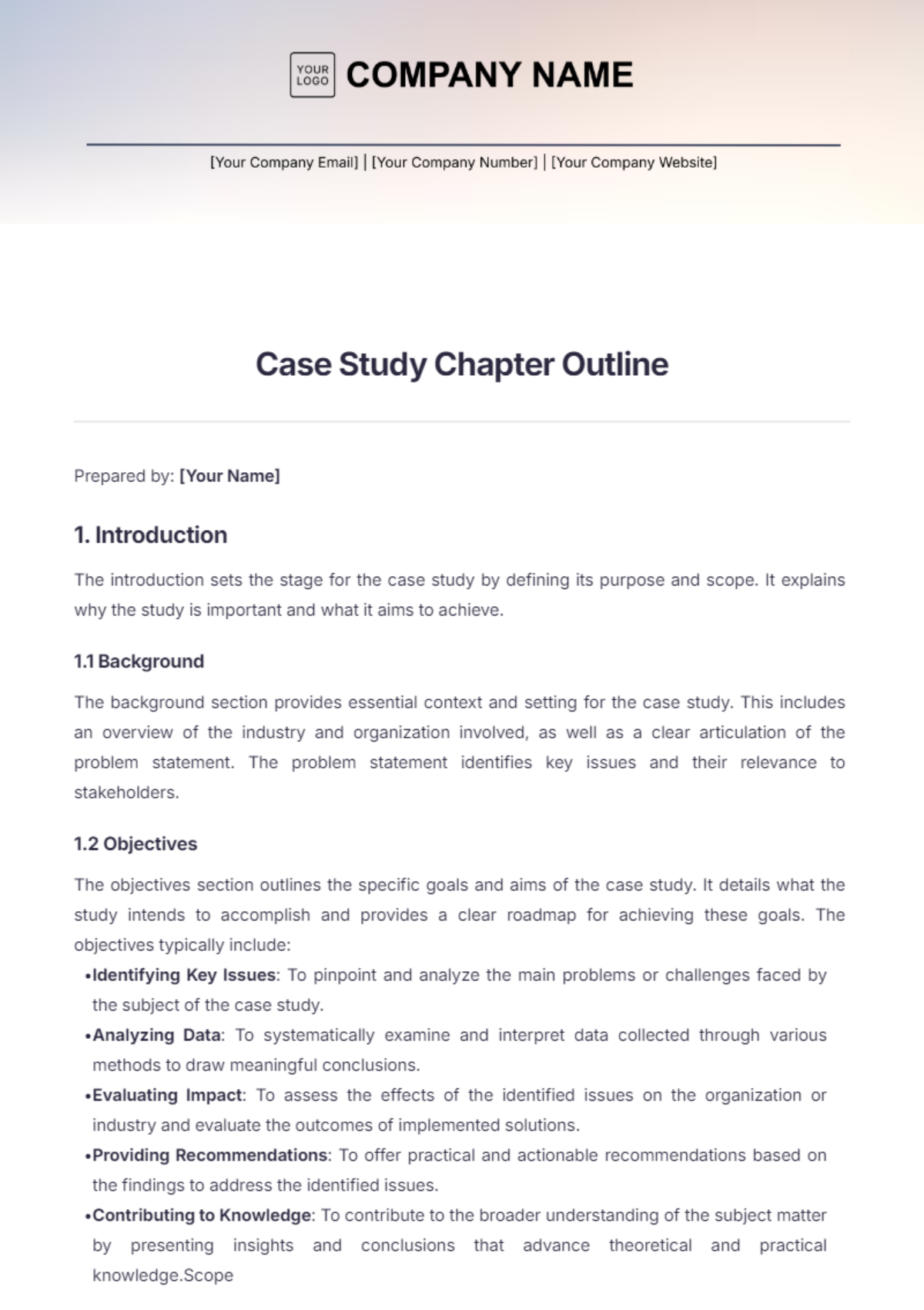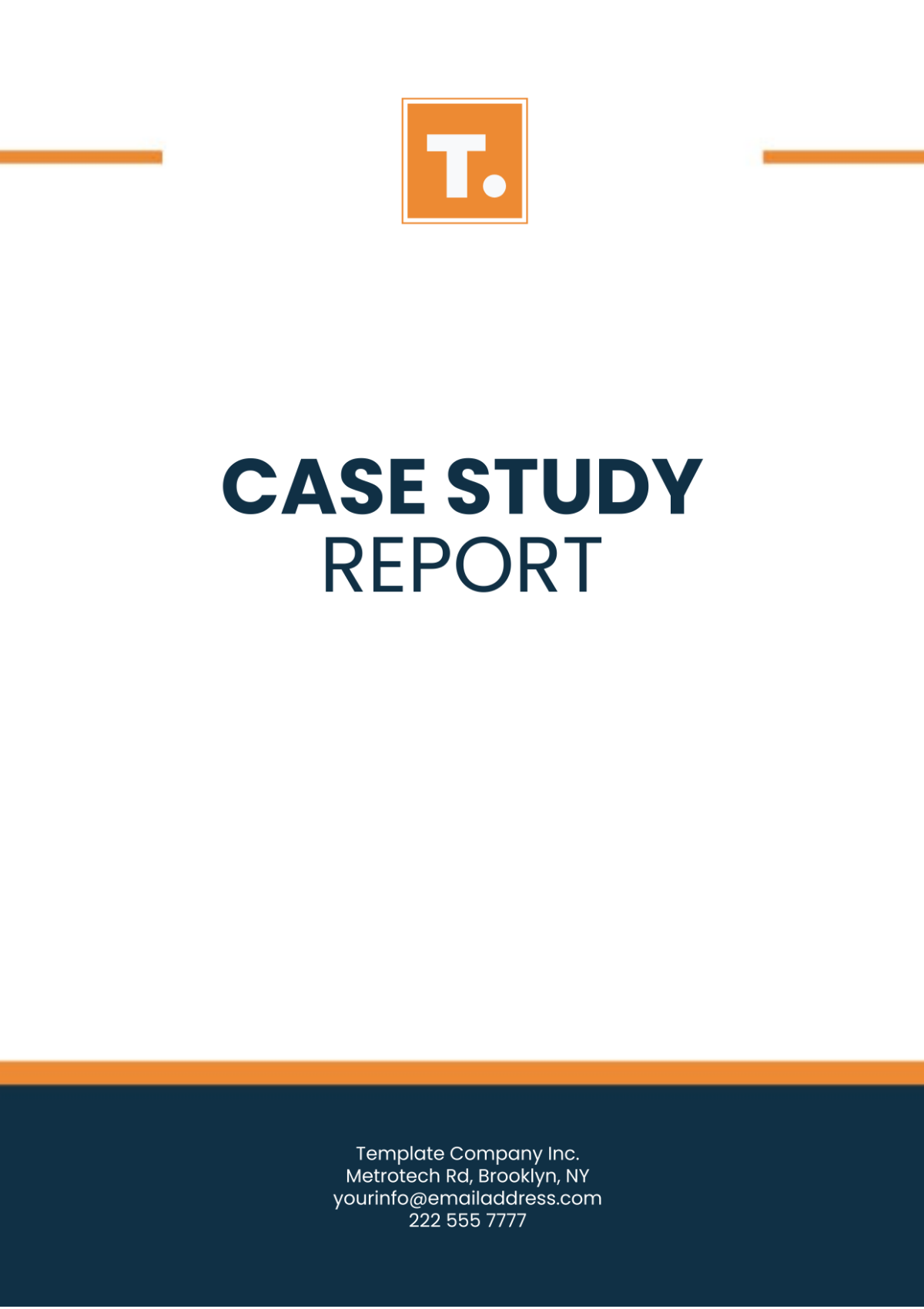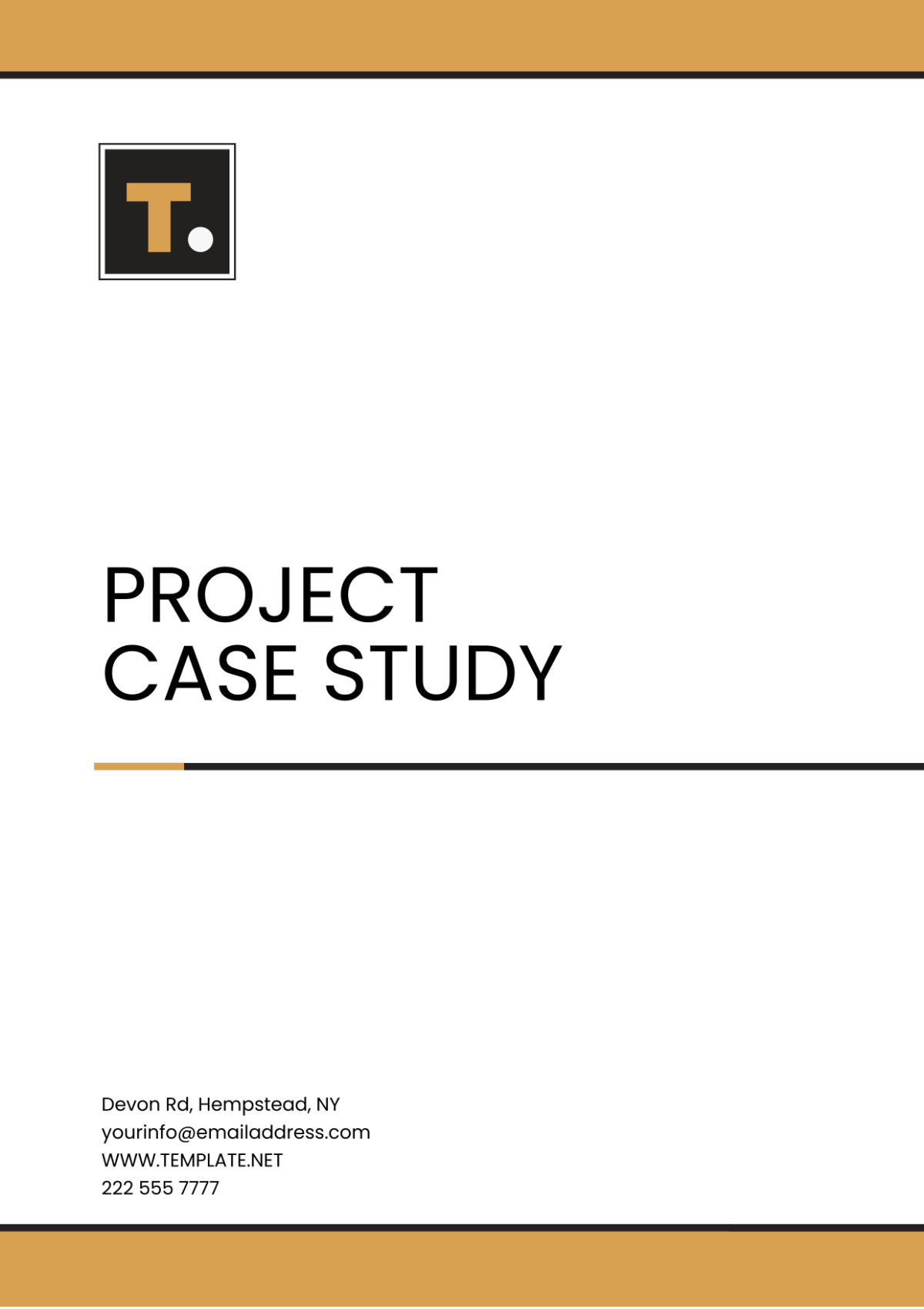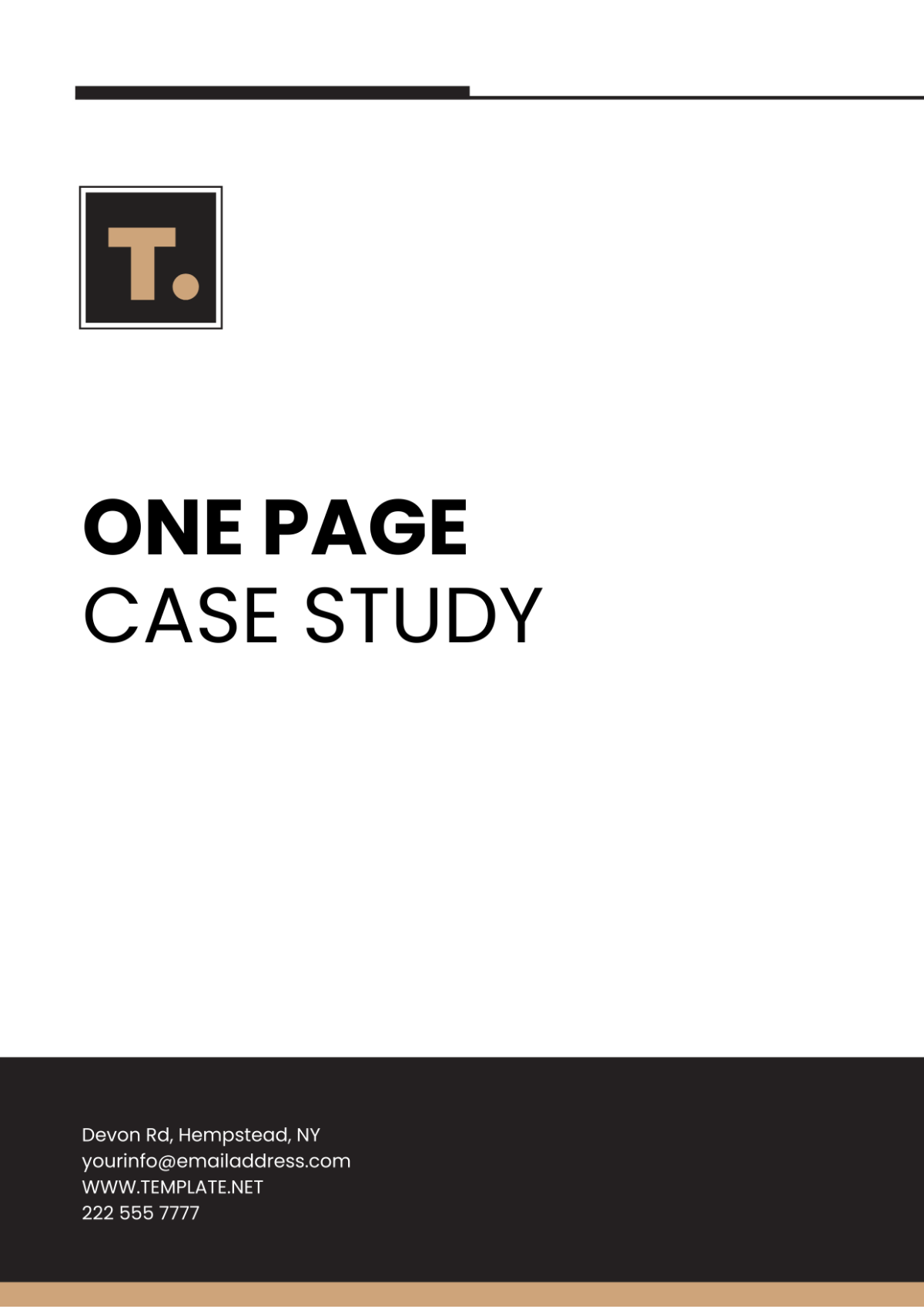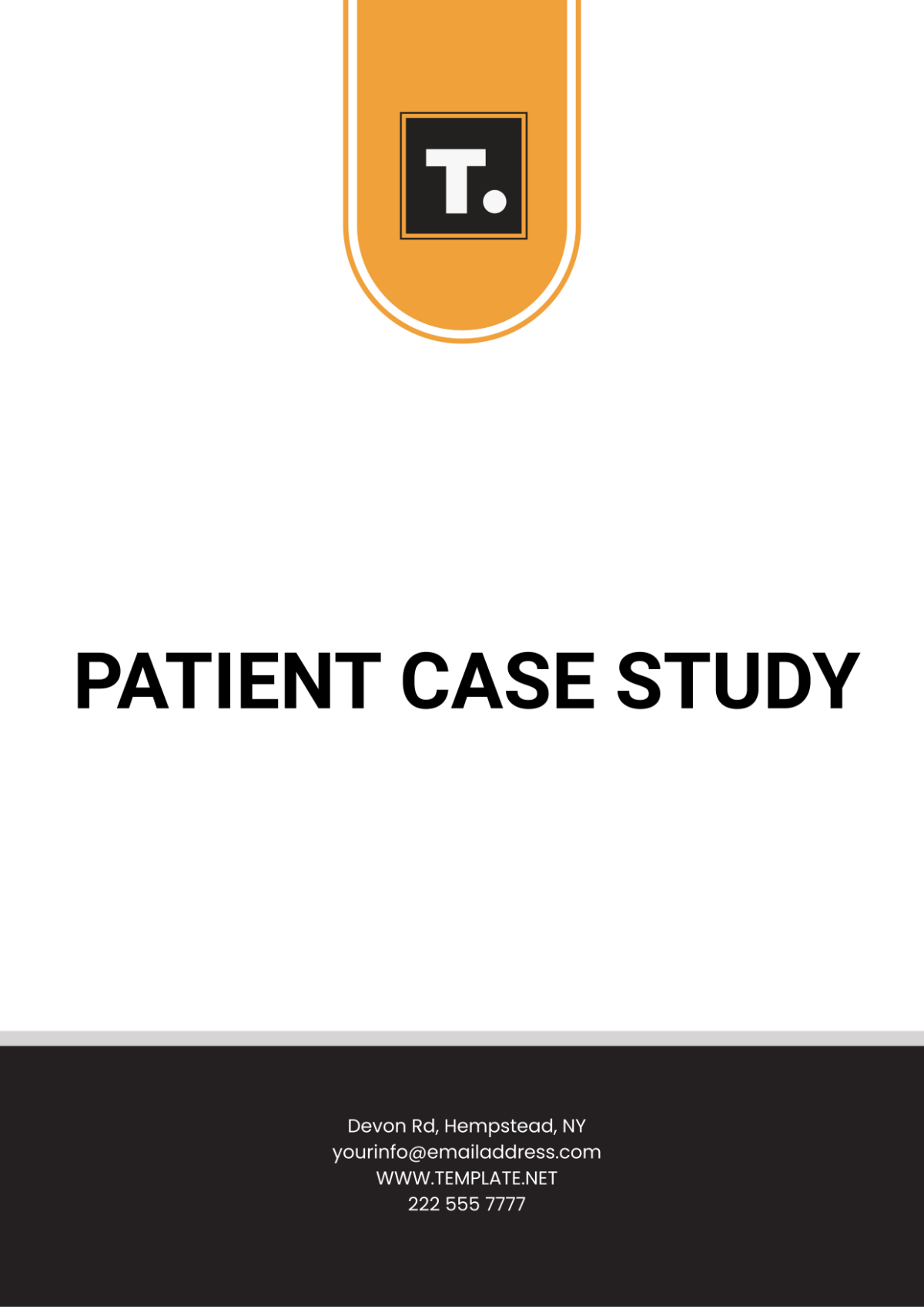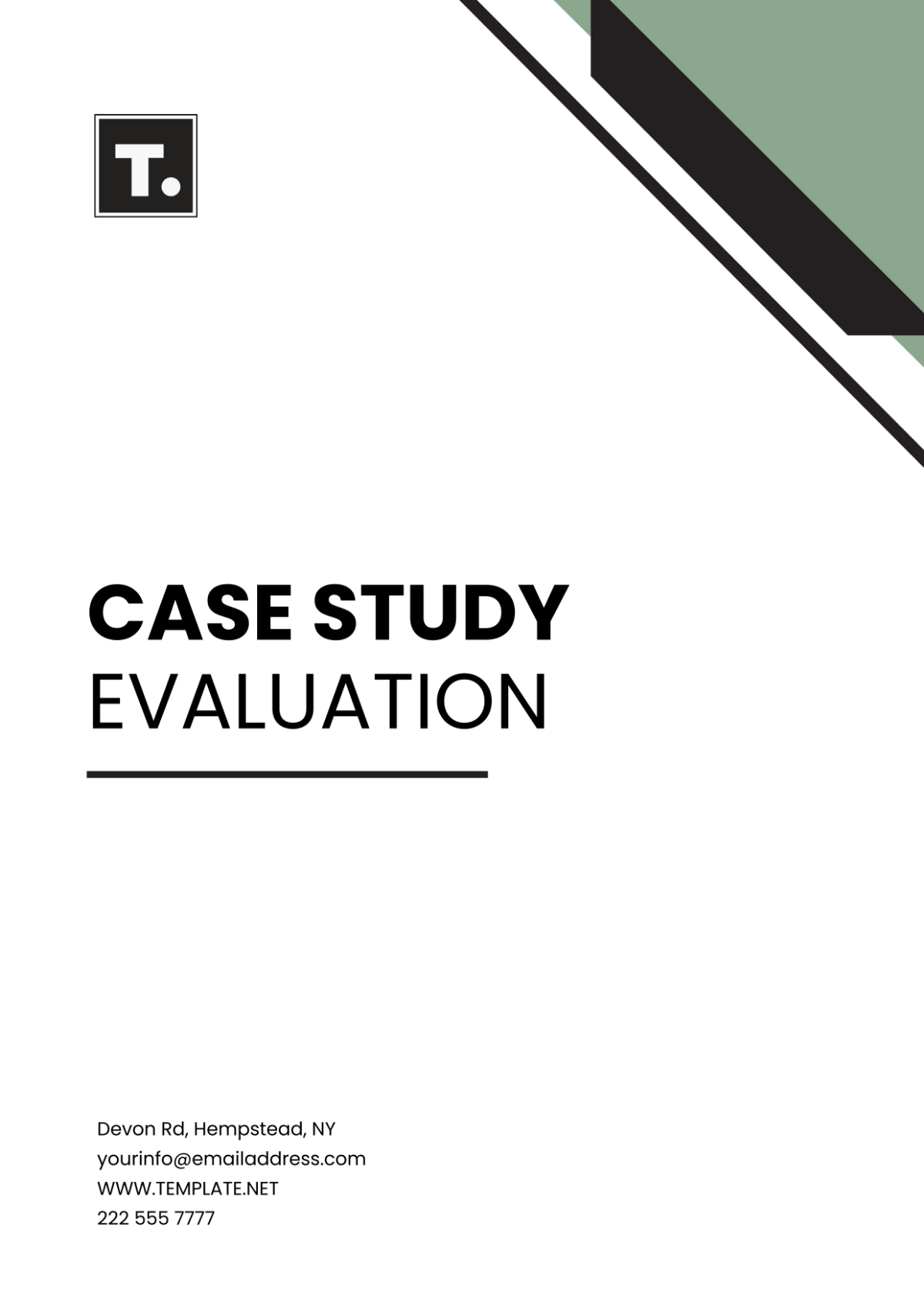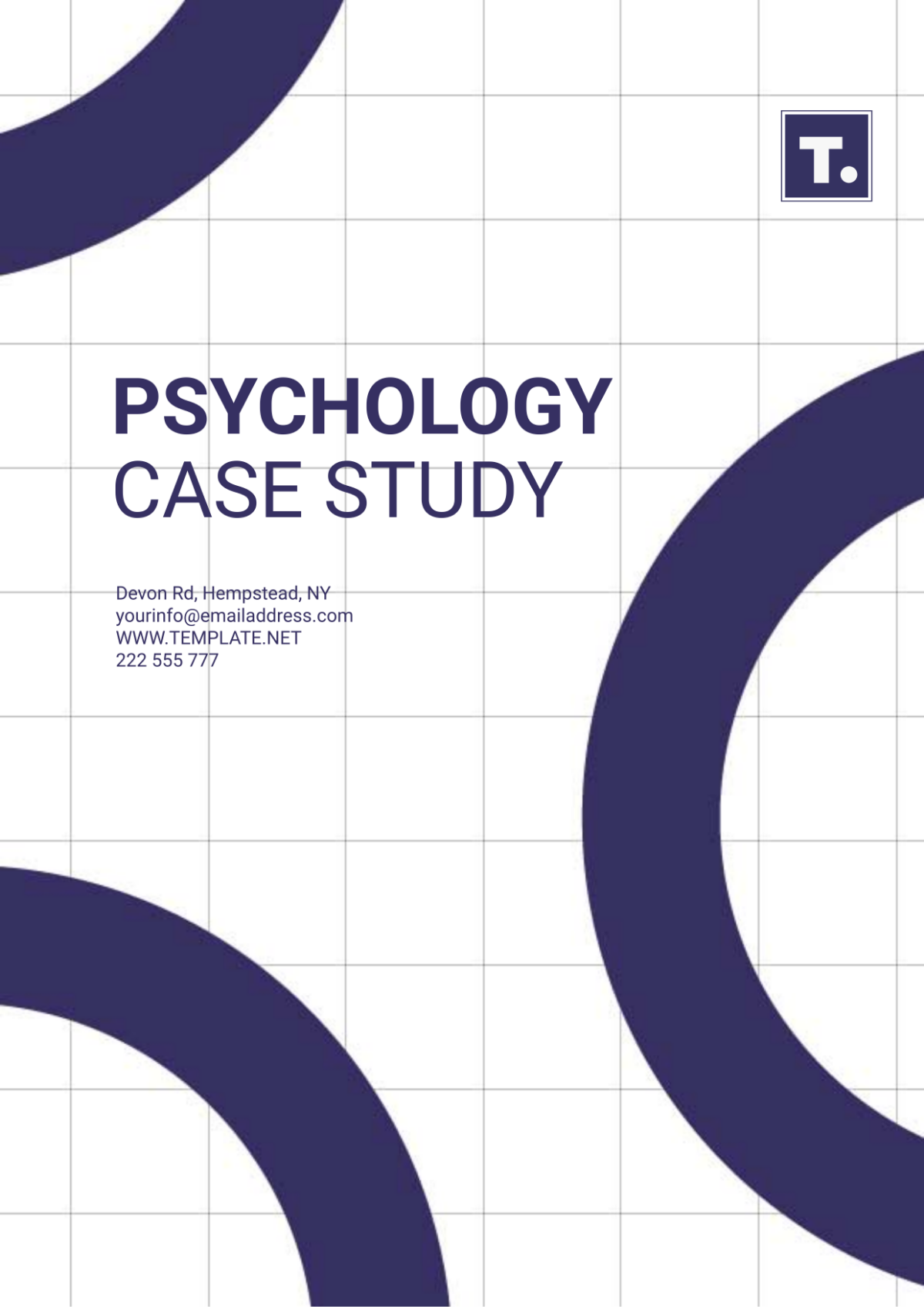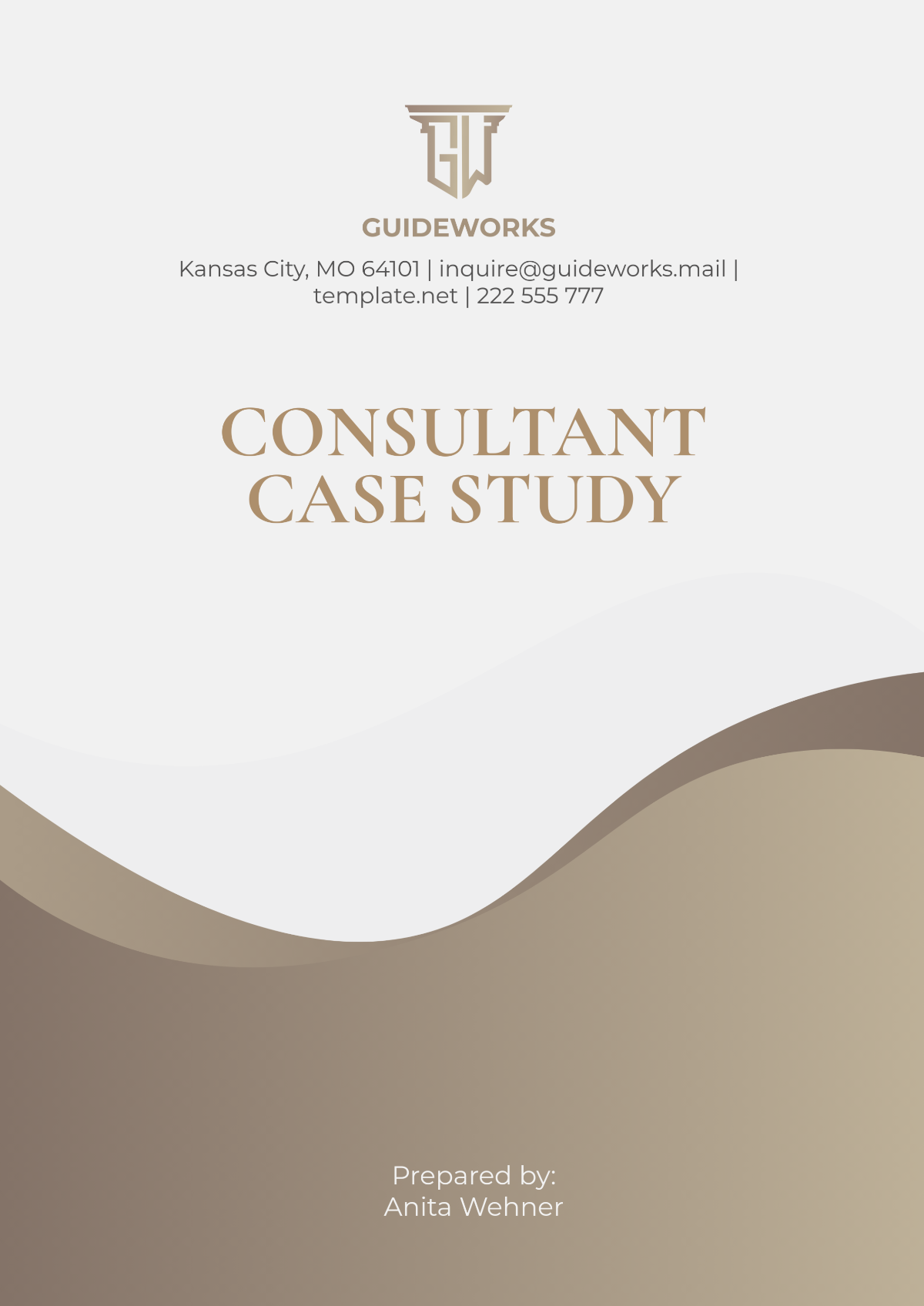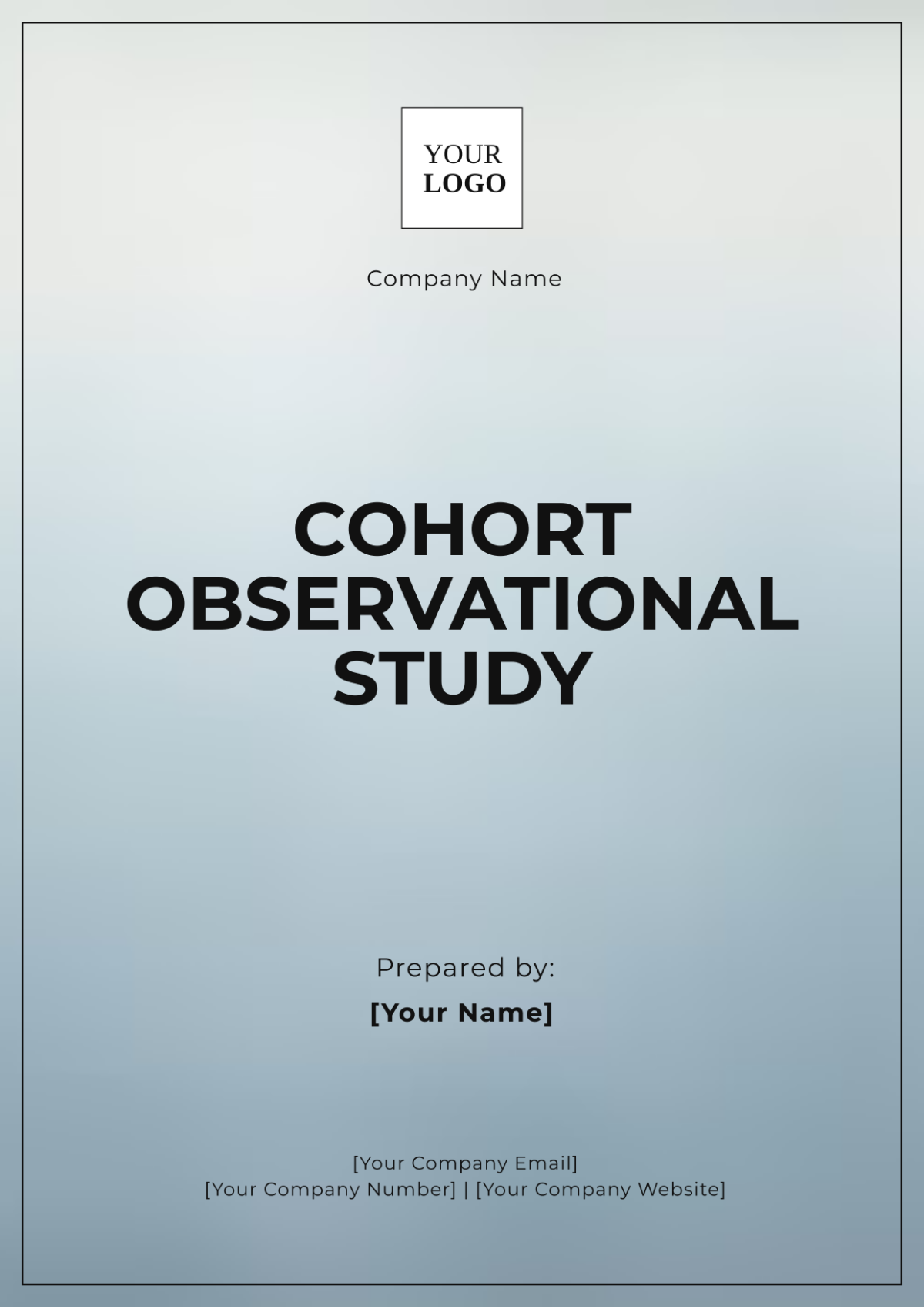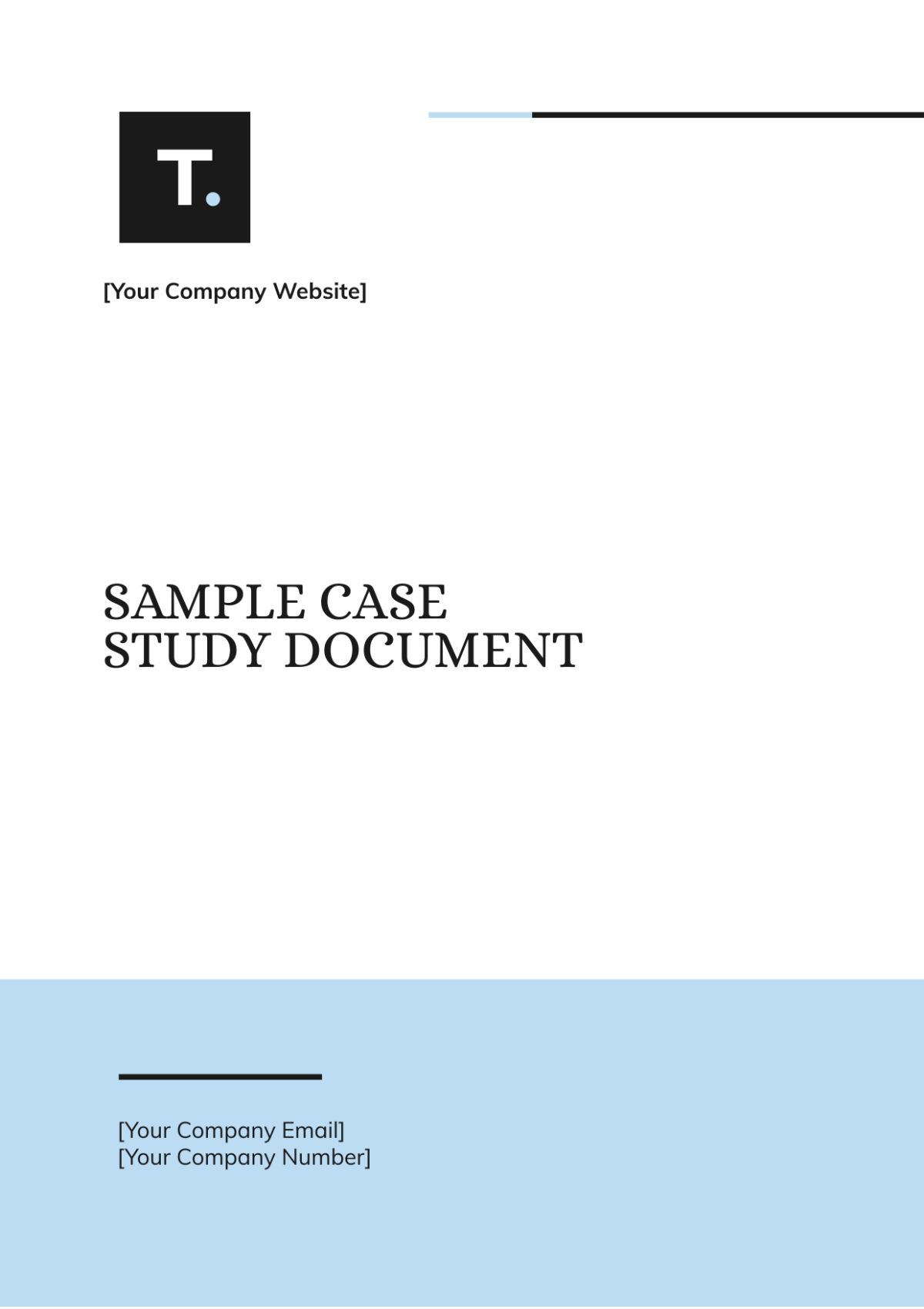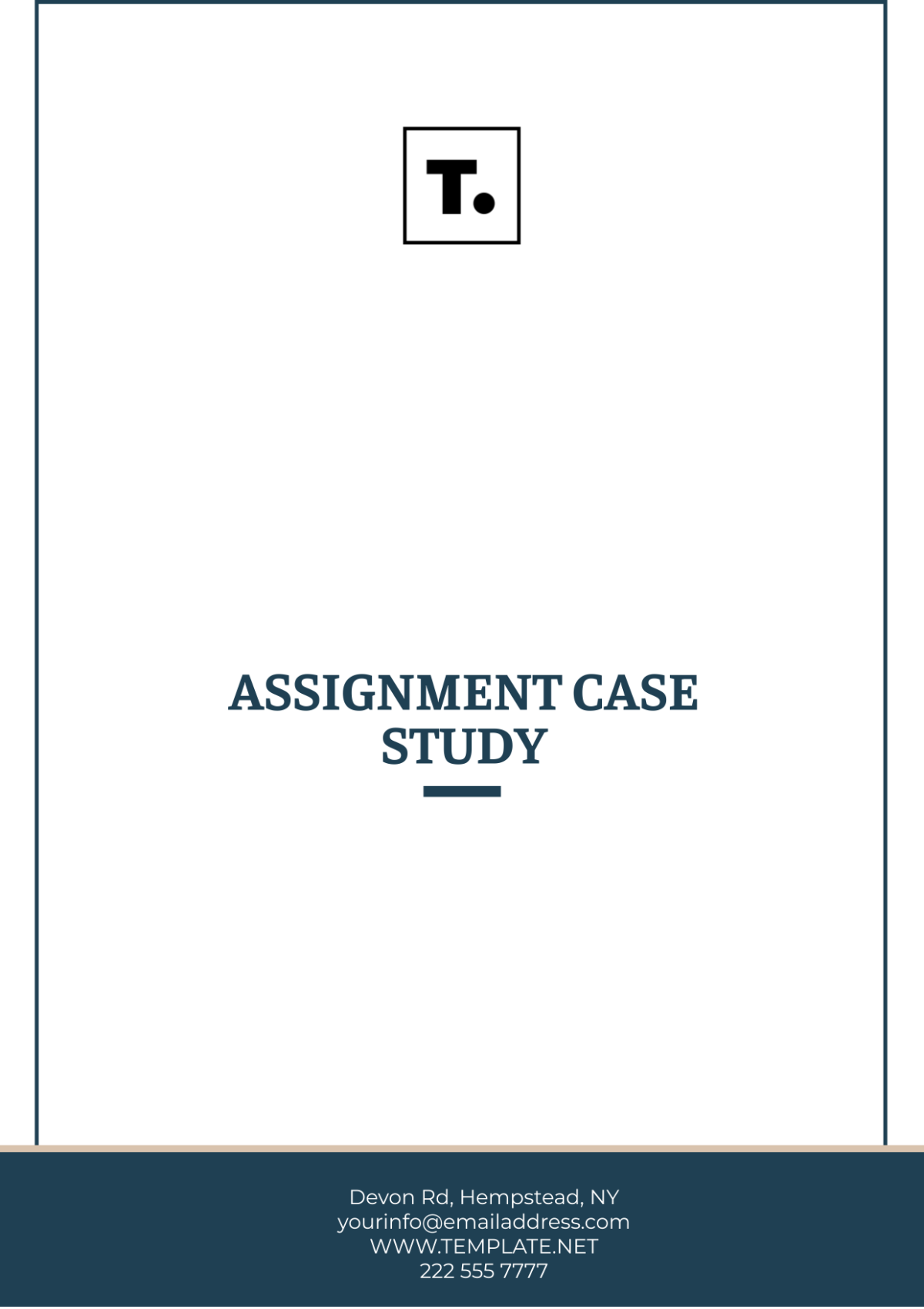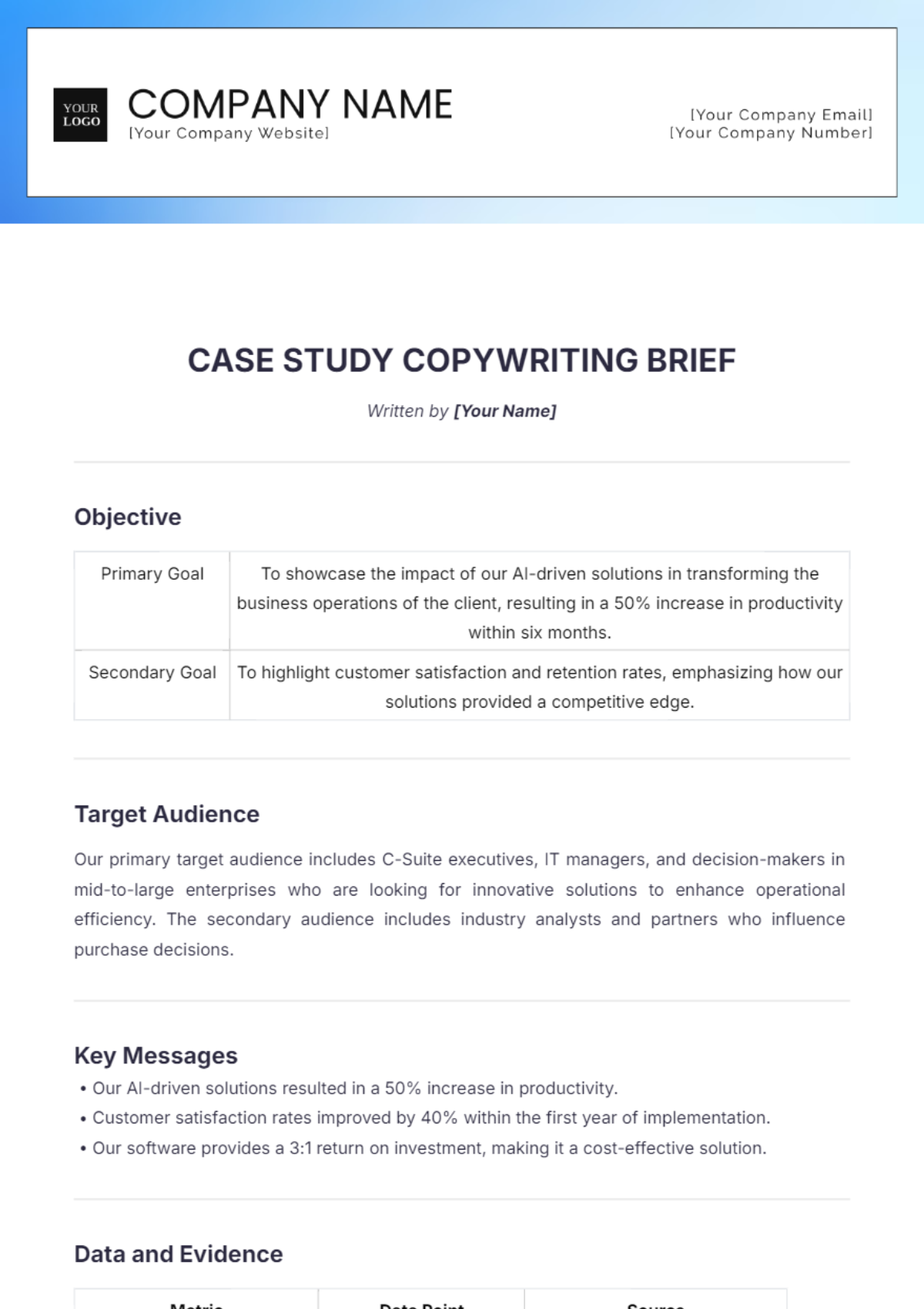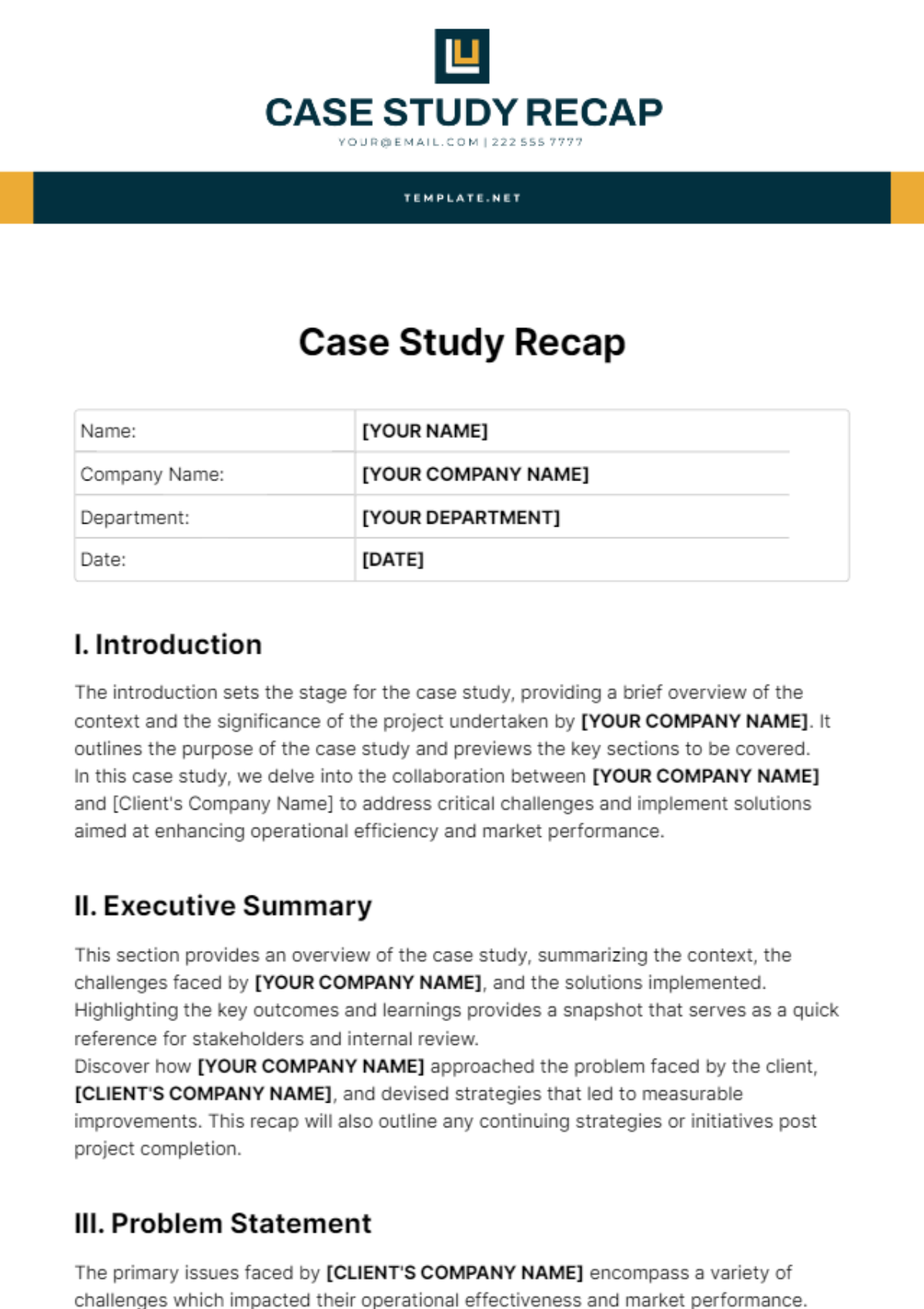Therapeutic Client Case Study
I. Client Information
Client Name: [Client's Name]
Age: [Client's Age]
Gender: [Client's Gender]
Ethnicity: [Client's Ethnicity]
Occupation: [Client's Occupation]
Referring Source: [Referring Agency or Person]
1.1 Background
[Client's Name] is a marketing manager with a history of generalized anxiety disorder (GAD) and occasional panic attacks. She reports a supportive family environment but notes increased stress due to work-related pressures and recent organizational changes at her workplace.
II. Presenting Issues
Main Concerns: Experiencing excessive worry, frequent panic attacks, and difficulty concentrating while at work are the symptoms that are being observed.
Symptoms: A state of constant restlessness and unease, the experience of persistent muscle tension, issues with falling asleep and staying asleep known as insomnia, and an overwhelming fear of losing control during episodes of panic attacks.
Duration of Issues: In the span of the previous six months, we've seen the symptoms not only increase in severity but also in intensity in a way that's significantly noteworthy.
Previous Interventions: [Client's Name] has experimented with various mindfulness techniques and has also invested time into reading self-help books, however, they have not experienced any substantial or noticeable improvement in their condition.
Description: [Client's Name]'s anxiety symptoms have started affecting her work performance and interpersonal relationships. She describes feeling overwhelmed by responsibilities and struggles to relax even during weekends. Panic attacks have led to increased absenteeism and avoidance of social situations.
III. Goals of Therapy
1. Short-term Goals
Reduce the frequency and intensity of panic attacks.
Improve coping strategies for managing work-related stress.
Enhance relaxation techniques for better sleep quality.
2. Long-term Goals
Develop a resilient mindset to handle anxiety triggers effectively.
Improve assertiveness in communicating needs and boundaries at work.
Foster a balanced lifestyle with regular self-care practices.
Rationale: These goals align with [Client's Name]'s immediate needs for symptom relief and long-term goals for holistic well-being, integrating cognitive-behavioral techniques for anxiety management and stress reduction.
IV. Therapeutic Approach
1. Theoretical Framework: CBT, or cognitive-behavioral therapy, is a psychological treatment successfully used for various issues such as depression, anxiety, addiction, marital and eating disorders, and severe mental illness. It aims to modify problematic thinking patterns and behaviors to alter feelings and is beneficial for many mental health disorders.
2. Techniques
Cognitive restructuring to challenge negative thought patterns.
Progressive muscle relaxation for stress reduction.
Exposure therapy for gradual desensitization to anxiety triggers.
Justification: CBT is chosen for its evidence-based effectiveness in treating anxiety disorders by addressing cognitive distortions and maladaptive behaviors. Techniques like progressive muscle relaxation and exposure therapy complement cognitive restructuring for comprehensive symptom management.
V. Interventions Implemented
Session Frequency: Weekly sessions for 12 weeks
Intervention Overview:
Session 1: Psychoeducation on anxiety and relaxation techniques.
Session 2-4: Cognitive restructuring exercises and panic attack coping strategies.
Session 5-8: Progressive muscle relaxation training and exposure hierarchy development.
Session 9-12: Relapse prevention strategies and goal setting for continued progress.
Progress Notes: [Client's Name] demonstrates gradual improvement in anxiety symptoms, with fewer panic attacks and an enhanced ability to challenge anxious thoughts. She reports better sleep quality and increased confidence in managing work-related stressors.
VI. Outcomes Achieved
1. Short-term Goals
Reduced frequency of panic attacks from twice a week to once every two weeks.
Improved sleep quality with fewer instances of insomnia.
Increased use of relaxation techniques during stressful work situations.
2. Long-term Outcomes
Enhanced assertiveness in communicating boundaries at work, leading to reduced stress levels.
Improved self-esteem and self-efficacy in managing anxiety triggers independently.
Successful transition to bi-weekly maintenance sessions without significant regression in progress.
Client Feedback: [Client's Name] greatly appreciates learning practical anxiety management tools and deeply values the supportive, non-judgmental approach of their therapist, contributing to a positive therapy experience.
Evaluation: The CBT interventions have been effective in achieving the established goals, demonstrating the importance of integrating cognitive restructuring, relaxation techniques, and exposure therapy in comprehensive anxiety management.
VII. Reflections/Lessons Learned
Therapist Reflections: The case highlights the importance of personalized interventions tailored to the client's unique needs and preferences. Collaborative goal-setting and ongoing assessment contribute to meaningful therapeutic outcomes.
Key Learnings:
Flexibility in adapting interventions based on client progress and feedback.
The significance of addressing both short-term symptom relief and long-term resilience-building in therapy.
Importance of psychoeducation in empowering clients to actively participate in their therapeutic journey.
Recommendations:
Continually practicing the skills that have been learned, keeping a regular track of one's personal growth, and scheduling periodic check-in sessions to reinforce progress and proactively address any emerging challenges that may need attention.







